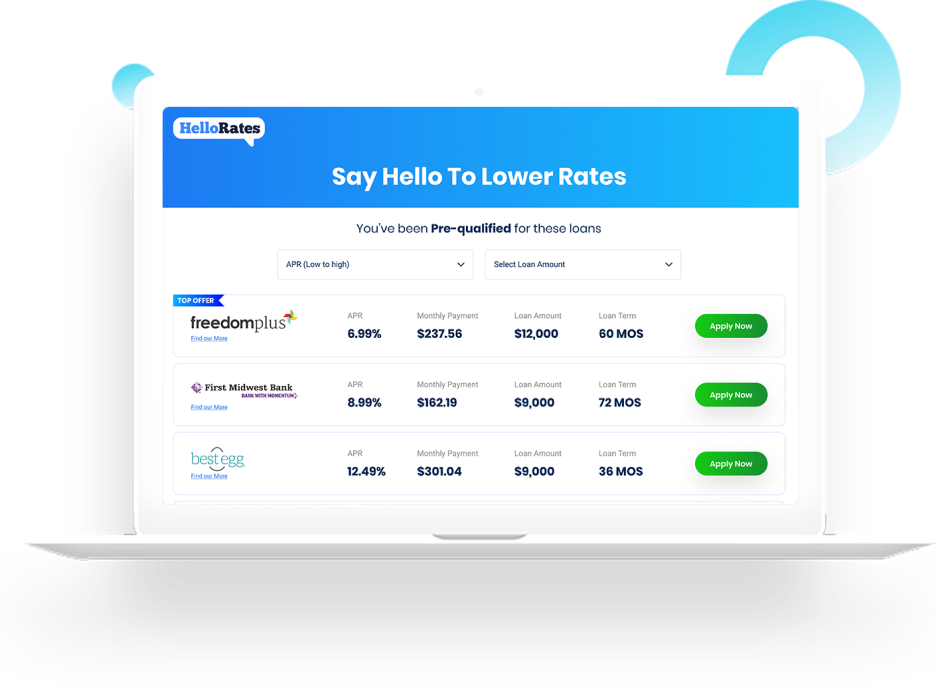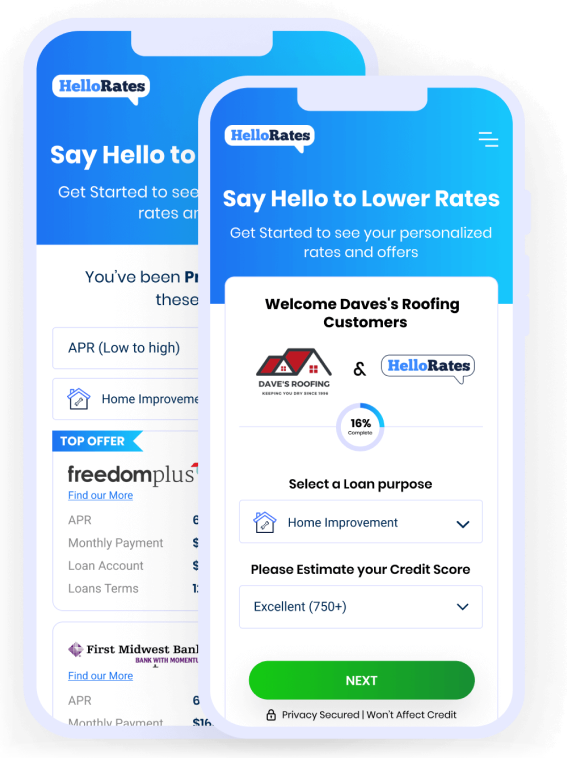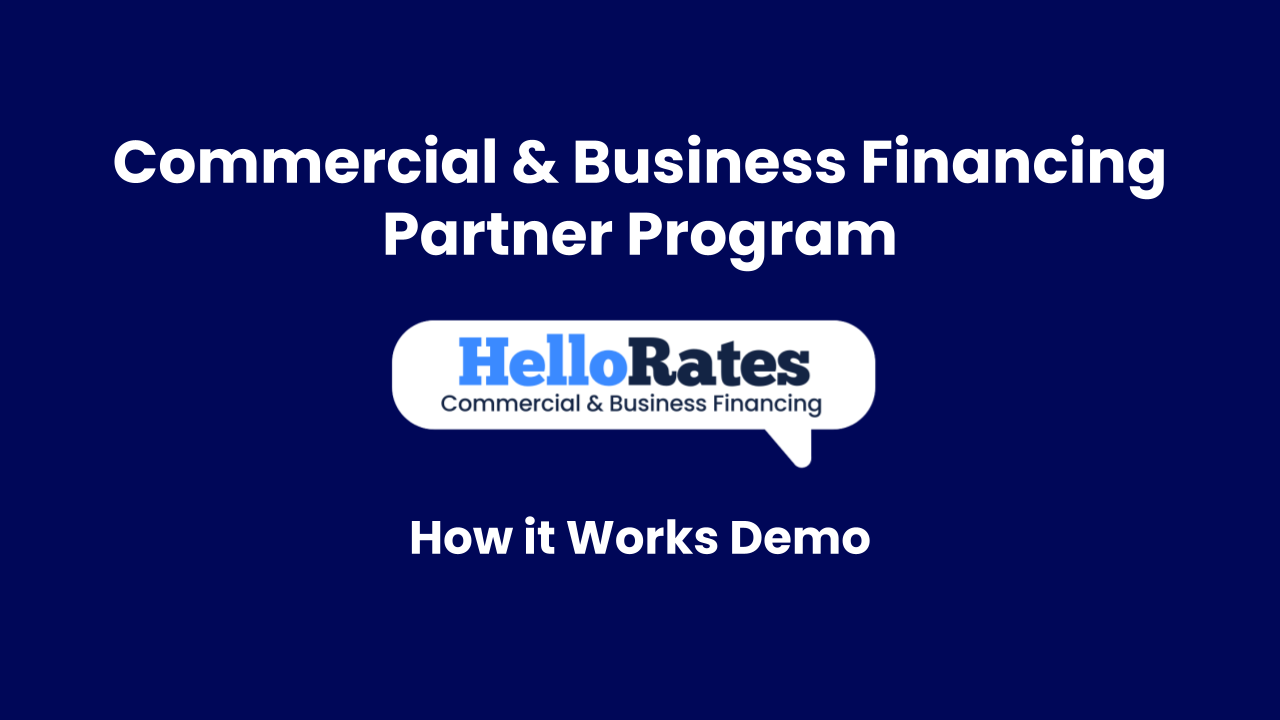Capital expense financing is a financial strategy that allows businesses to acquire the necessary assets and equipment to support their operations without having to make an upfront payment. This type of financing offers numerous advantages for businesses, including improved cash flow, increased flexibility, and the ability to stay up-to-date with the latest technology and equipment.
One of the primary advantages of capital expense financing is the preservation of cash flow. By opting for this financing method, businesses can avoid depleting their cash reserves and instead allocate their funds towards other critical areas of their operations. This is particularly beneficial for small and medium-sized enterprises (SMEs) that may have limited financial resources. By spreading the cost of acquiring assets over time, businesses can maintain a healthy cash flow and ensure they have sufficient working capital to cover day-to-day expenses, payroll, and unexpected costs.
Furthermore, capital expense financing offers businesses increased flexibility. Traditional methods of purchasing assets often require a significant upfront payment, which can tie up a substantial portion of a company’s capital. In contrast, capital expense financing allows businesses to acquire the necessary assets with minimal upfront costs, typically in the form of a down payment or security deposit. This flexibility enables businesses to invest in other areas of their operations, such as marketing, research and development, or expanding their workforce.
Another advantage of capital expense financing is the ability to stay up-to-date with the latest technology and equipment. In today’s rapidly evolving business landscape, it is crucial for companies to have access to cutting-edge tools and technology to remain competitive. However, purchasing these assets outright can be prohibitively expensive, especially for SMEs. Capital expense financing provides businesses with the opportunity to acquire state-of-the-art equipment and technology without the burden of a large upfront payment. This ensures that businesses can stay ahead of the curve and leverage the latest advancements to enhance their productivity, efficiency, and overall performance.
Moreover, capital expense financing often offers businesses tax benefits. In many jurisdictions, businesses can deduct the interest paid on capital expense financing from their taxable income, reducing their overall tax liability. This can result in significant savings for businesses, allowing them to allocate more resources towards growth and expansion. Additionally, some financing options may offer businesses the opportunity to take advantage of depreciation benefits, further reducing their tax burden.
In conclusion, capital expense financing provides businesses with several advantages that can significantly impact their financial health and operational efficiency. By preserving cash flow, businesses can allocate their funds towards other critical areas of their operations, ensuring they have sufficient working capital. The flexibility offered by this financing method allows businesses to invest in various aspects of their operations, promoting growth and expansion. Furthermore, capital expense financing enables businesses to stay up-to-date with the latest technology and equipment, enhancing their competitiveness in the market. Lastly, the tax benefits associated with this financing option can result in substantial savings for businesses. Overall, capital expense financing is a valuable tool for businesses looking to acquire assets and equipment while maintaining financial stability and flexibility.




